5 Effective Retail Merchandising Strategies
Author: Celia| Keywords chosen by Celia
Retail merchandising is both an art and a science.
Retailers are often looking for ways to attract customers to their products. An effective retail merchandising strategy can make workflows more efficient, generate sales, increase customer satisfaction, and ultimately build long-term brand loyalty.
What is retail merchandising? What strategies do you implement to attract customers and increase sales? In this article, XIMIVOGUE explores the types of strategies regarding this process.
What is retail merchandising?
Retail merchandising refers to various activities and strategies used to visually optimize sales presentations to attract customers.
Smells, sounds, colors, and temperature all contribute to the customer experience. The goal of retail merchandising is to appeal to these senses, resonate with your audience, and encourage them to purchase your products and return to your business in the future.

Five main types of retail merchandising strategies
1. Cross-selling
Cross-selling is used to promote related or complementary products to customers. This encourages customers to buy more than they originally planned, increasing the overall value of their purchase.
For example, placing batteries next to electronics, product sets next to core products, or placing unrelated but logical products together with profitable product items.
This strategy works for both brick-and-mortar and e-commerce stores to move more inventory, increase sales, and provide a sense of value to your customers.

2. Product bundling
Product bundling is a common product merchandising strategy. It groups related products sold at a discount to encourage customers to buy more of the product. The theme can be based on product type, occasion, or even customer preference.
Product packaging allows brands to sell two or more individual products together as a combination offer. Bundling improves customer experience, expands your market, and most importantly, increases your average order value (AOV).
Examples of product bundles include basic bundles, holiday sets, subscription boxes, product samples, and even promotional gifts.

3. Limited-time offers
A limited-time offer is a special promotional offer that is only available for a specific period. This can range from running promotions over a few minutes or hours to running over days or weeks, especially during seasonal sales.
By leveraging the principles of scarcity and urgency, limited-time offers can work wonders in converting prospects and their one-time buyers into repeat buyers.
Limited-time offers include free shipping, discount codes, or gifts, and can take the form of limited-time ads, sales campaigns, website banners, email offers, or pop-ups.

4. Upselling
When it comes to sales techniques to increase average sales, upselling products can be one of the best approaches.
Upselling has many benefits for retailers. From building deeper customer relationships by offering perks and upgrades that ultimately provide more value, to making customers feel like they got a better deal and encouraging them to buy more.
Phrases like “best seller,” “you may also like,” and “new arrivals” are common examples of upsells.

5. Seasonal merchandising
Seasonal merchandising is the process of merchandising that involves managing products and inventory according to the seasonal trends and fashions prevalent in the market.
For example, during the warmer months, a retailer may emphasize pool toys and other related seasonal products. Even during the winter holidays, retailers often create festive displays to encourage gift purchases.
As a retailer, effective use of seasonal products can give your store a competitive advantage, encourage customer loyalty, and increase sales in the long term.


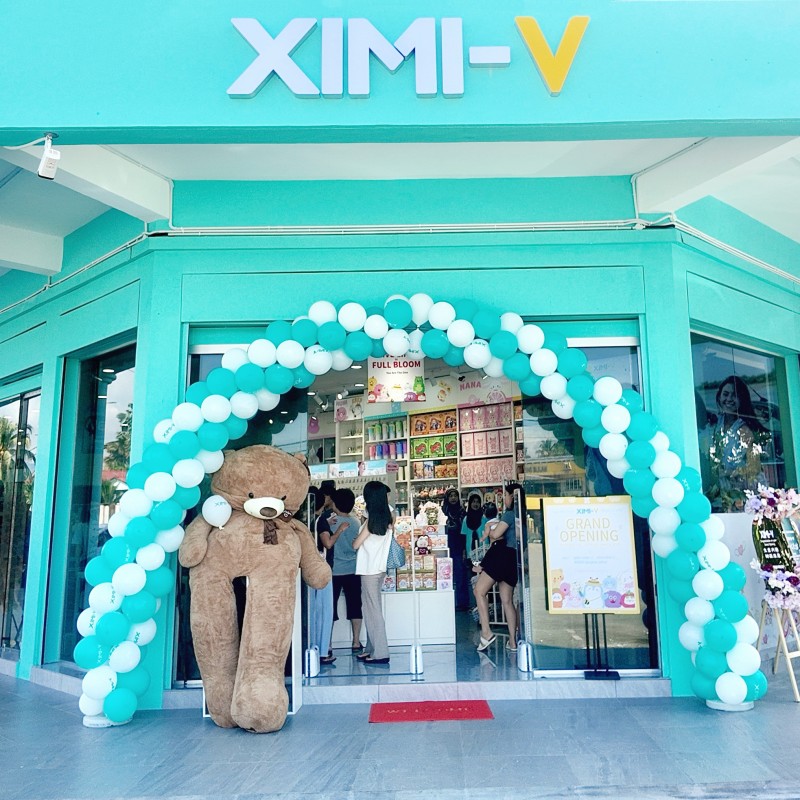 XIMIVOGUE New Store in Malaysia
XIMIVOGUE New Store in Malaysia
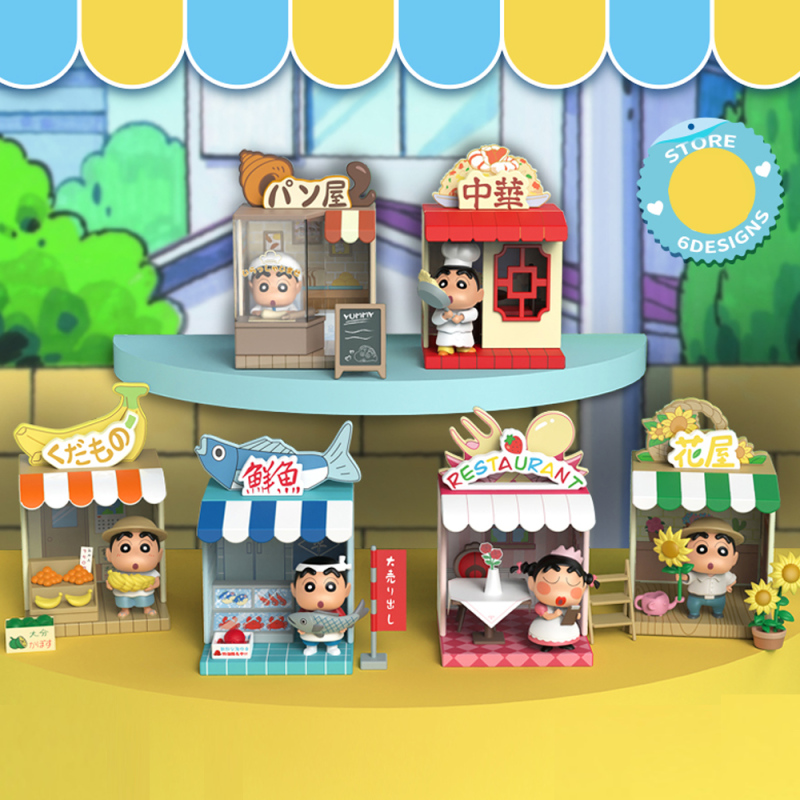 Relive Your Childhood with XIMIVOGUE Crayon Shin Chan Collection
Relive Your Childhood with XIMIVOGUE Crayon Shin Chan Collection
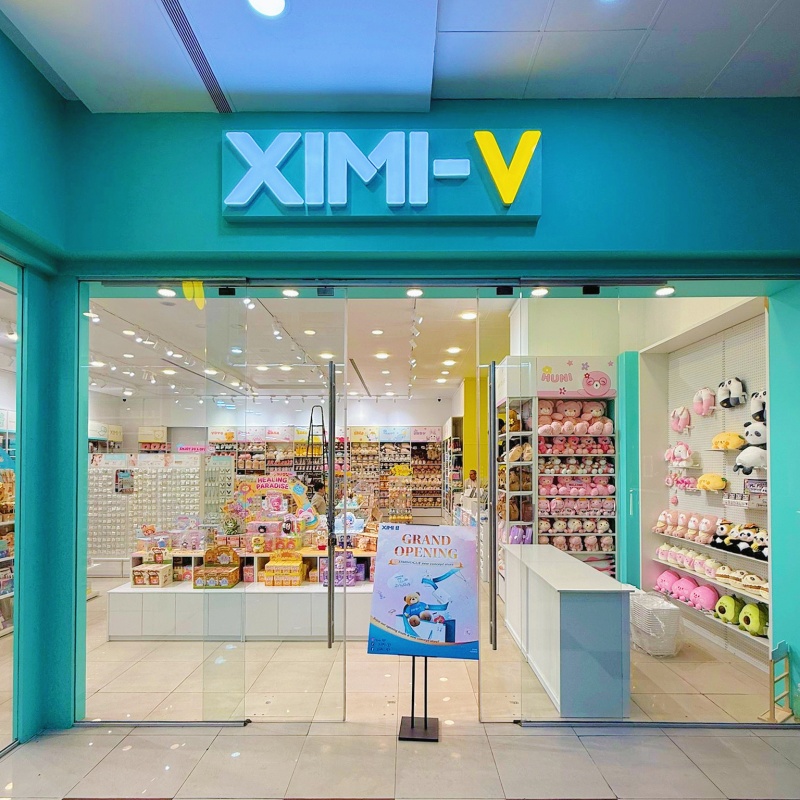 XIMIVOGUE Opened a New Store in Syria
XIMIVOGUE Opened a New Store in Syria
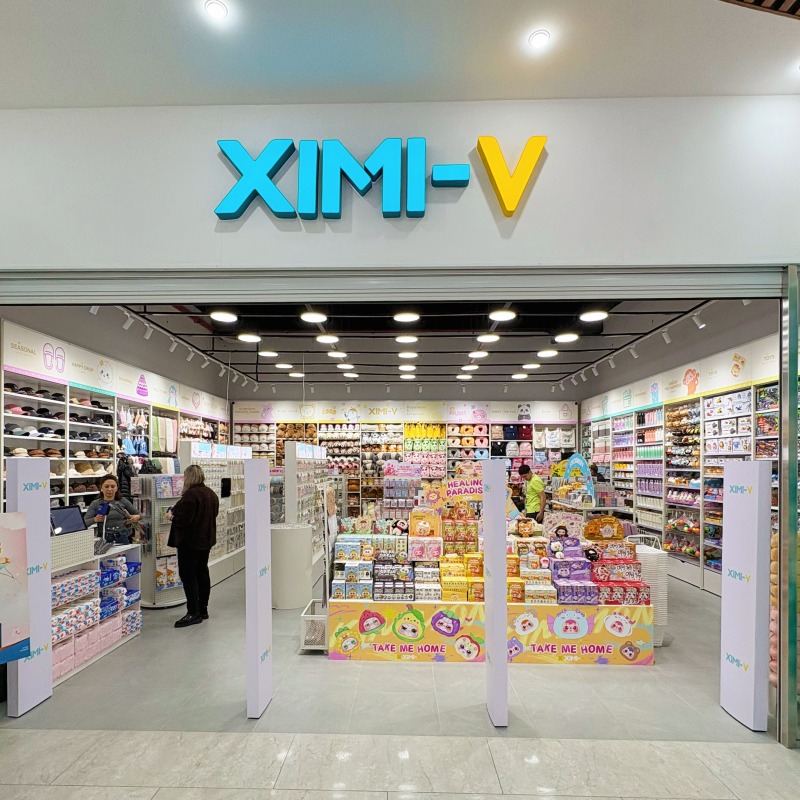 XIMI-V New Store in Kokshetau Kazakhstan
XIMI-V New Store in Kokshetau Kazakhstan
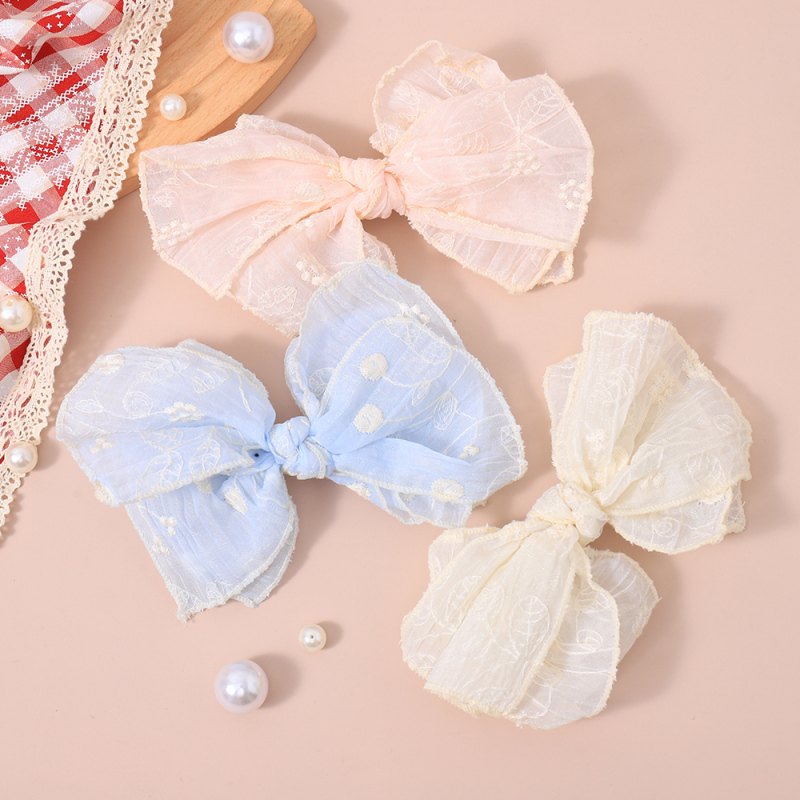 XIMIVOGUE Dopamine Hair Clips To Add Some Colors This Winter
XIMIVOGUE Dopamine Hair Clips To Add Some Colors This Winter




